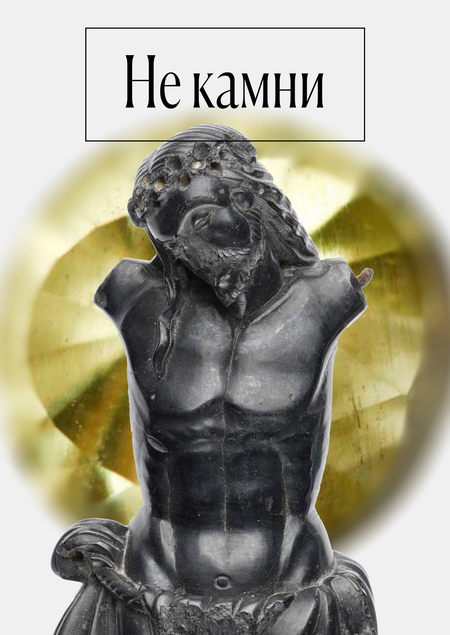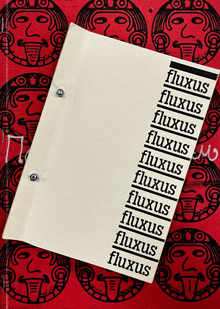
Not stones. Cultural tour of the mineraloid world
The visual study focuses on mineraloids: <laqua; stones& raquao; organic origin. They are unique in that their formation is impossible without organic processes and water effects, almost all of them are only available on our planet. A popular scientific publication with a cultural slope (from rock properties and places of birth to jewellery, mythology and effects on mass culture) may be interesting for geologists, hemologists, miners, stone collectors, a also for artists, jewelers, designers and other topics of interest.
The publication will complement the range of museum stores (e.g., the Museum of Mines of the ' Fersman Ran and the Museum of Yantar), organically in the nbsp; section with nbsp; scientific popular literature in 'nbsp; bookshops (Moscow, Republic, Ziolkovsky, Subscriptions, etc.)



The chapter is divided into a few parts, in [nbsp;] each of the [nbsp;] they are described about the most famous mineraloids (in]nbsp; in the cultural sense.
U all mineraloids have 3 pair: density, hardness, and color. Each sub-chapter starts with a new page and a information about stone. Most of the publication is so even.
Pearls: The tears of the mollusk
In the main part, there are twists with the 'nbsp; images. They allow for a broader view of the story of one or more mineraloids.
Gagat: Stone of mourning and fire
The framework, as an element of technical aesthetics, is used to describe the manifestations of the Mineral Museum im. Fersman. Photos, inside the frame, are shown in scale 1:1.
Coral: Dragon body and angel skin
Opal: A source of trouble and preservation
amber: solar resin



